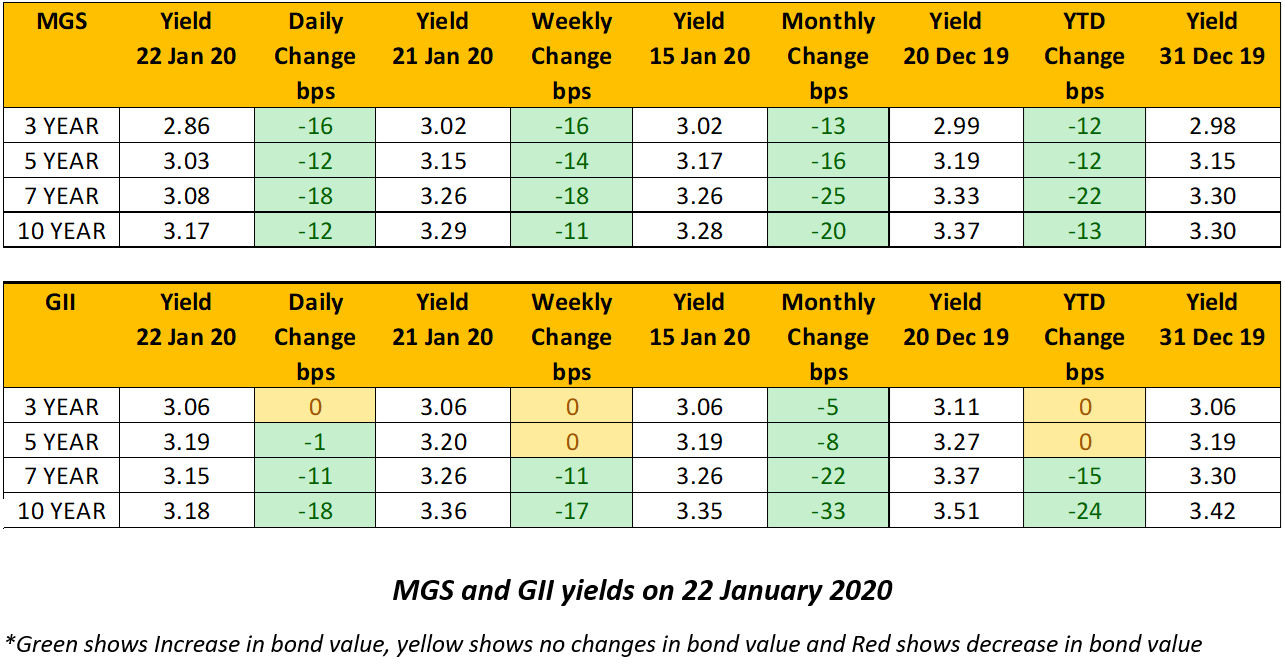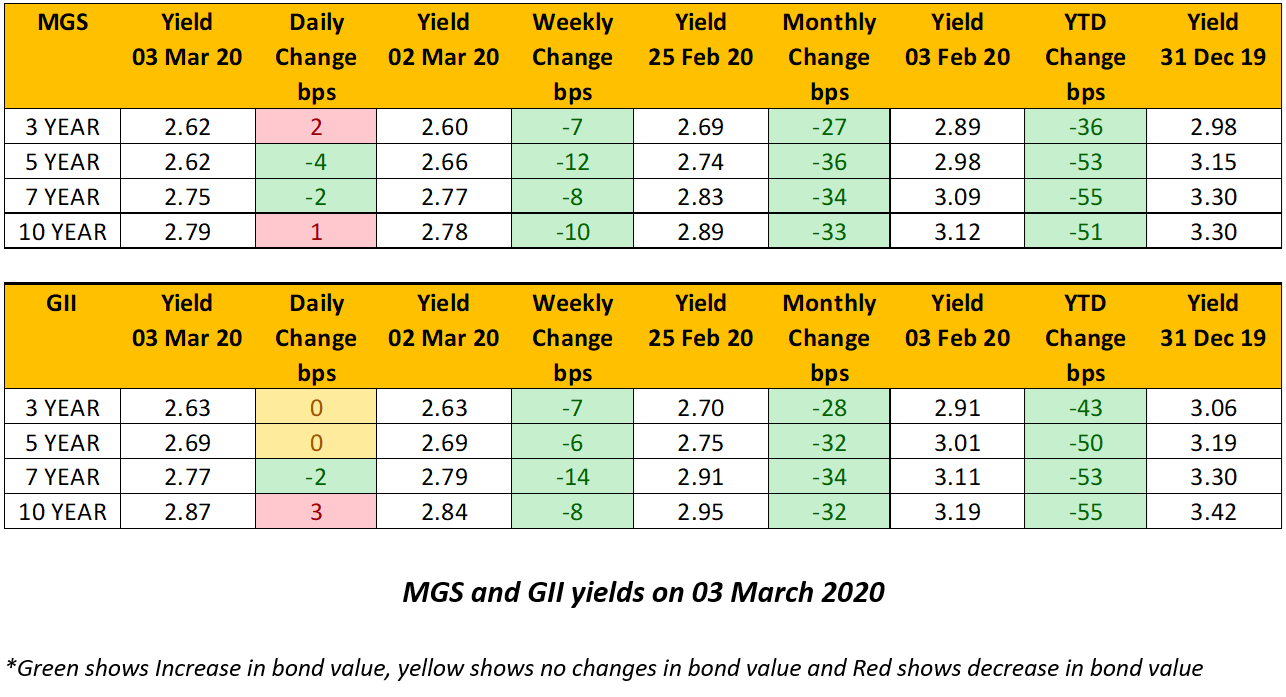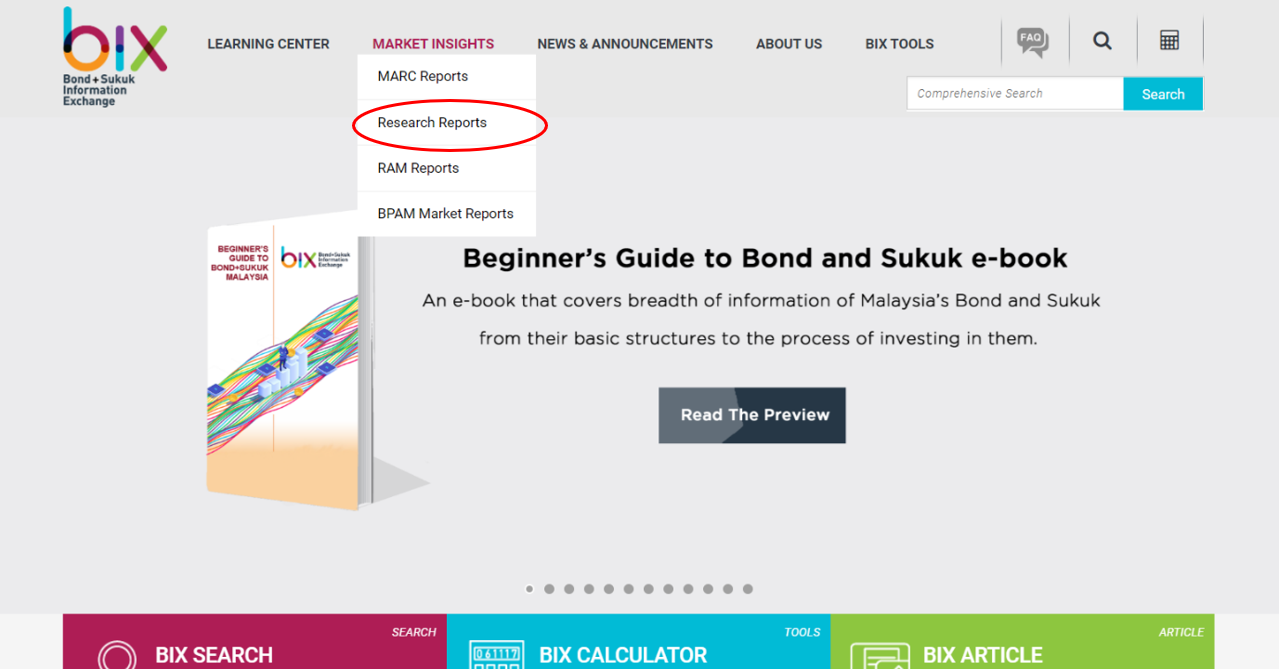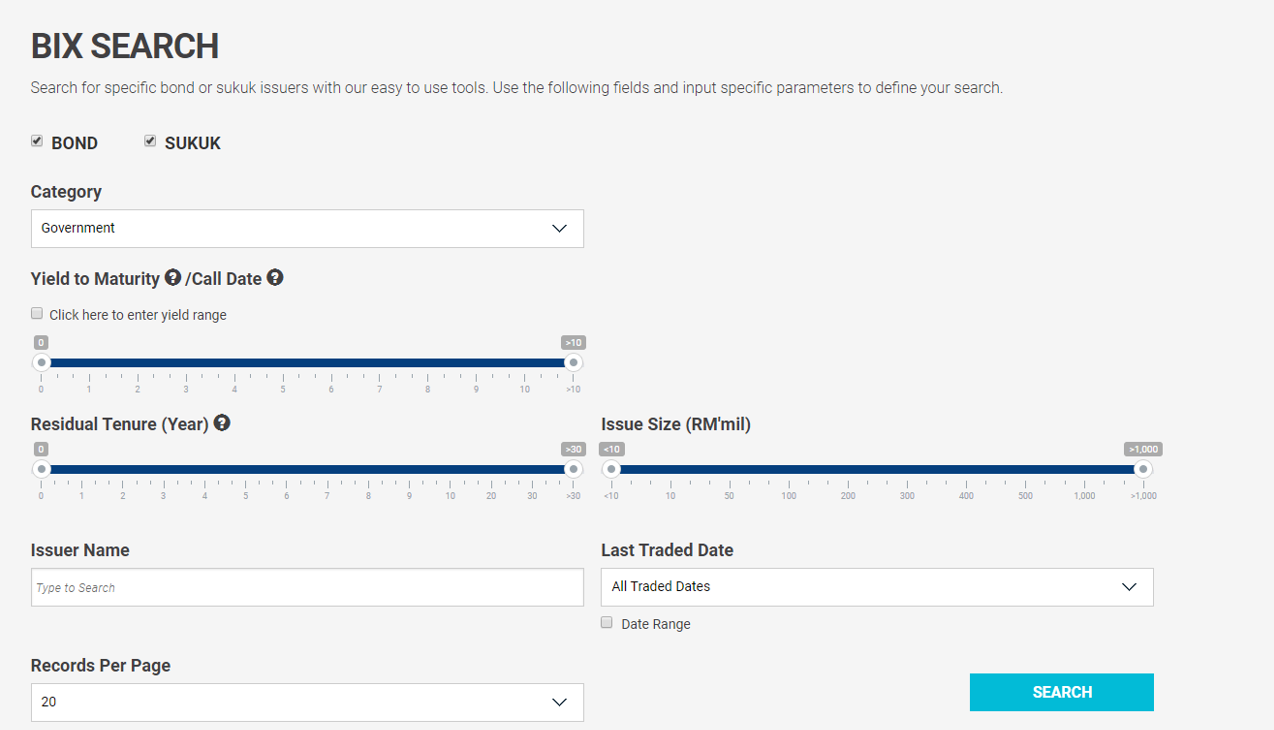.png?width=700&height=162) There have been two consecutive Overnight Policy Rate (OPR) reductions up to March 2020. The first round of reduction was on 22 January 2020, which brought down the OPR to 2.75% from 3.00%. The OPR then was further reduced to 2.50% from 2.75% in the second round on 03 March 2020.
There have been two consecutive Overnight Policy Rate (OPR) reductions up to March 2020. The first round of reduction was on 22 January 2020, which brought down the OPR to 2.75% from 3.00%. The OPR then was further reduced to 2.50% from 2.75% in the second round on 03 March 2020.
The decision to cut the OPR was made in response to rising downside risks from geopolitical tensions and other economic uncertainties. The emergence of COVID-19 outbreak in the first quarter of 2020 is expected to exacerbate the economic condition, hence contributing to the OPR cut in the second round.
What is the Overnight Policy Rate (OPR)?
The overnight policy rate (OPR) is the minimum interest rate charged amongst banks in the interbank market, which they borrow funds from each other. When a bank has a fund deficit to meet the withdrawal demand from depositors, the bank will borrow from another bank with an excess fund.
The overnight policy rate (OPR) is determined by the Monetary Policy Committee (MPC) of Bank Negara Malaysia that meets six times annually. The OPR level will influence interest rates in other markets, including credit market as OPR is the primary reference rate. When OPR is lowered, other interest rates will be guided accordingly, and vice-versa.
Role of Overnight Policy Rate (OPR) in the Economy
The direction of OPR, either going downward or upward depends on the economic condition and its outlook. Ultimately, the goal of revising OPR is to bring the economy at an optimum level.
When an economy is growing at a slower rate, the OPR will be revised downward to decrease the interest rates. Lower interest rates allow consumers and businesses to have access to money at lower borrowing cost, hence incentivise them to increase spending and investment. This will lead to an increase in economic growth to an optimum level.
On the other side, when an economy is growing at a faster rate, the OPR will be revised upward to increase the interest rates. Higher interest rates make borrowing cost expensive to consumers and businesses, hence reducing spending and investment. This will prevent the economy from overheating, which could lead to inflation.
How the Overnight Policy Rate (OPR) affects Investment in Bond?
Changes in the direction of the Overnight Policy Rate (OPR) will impact the price of bonds in the market. As mentioned before, the Overnight Policy Rate (OPR) is a benchmark to the market interest rate. Prices of bonds have an inverse relationship with the market interest rate.
The prices of existing bonds in the market will increase when the market interest rate decreases. The reason for this is because, there is a greater demand for these bonds, which offer higher interest rates compared to newly issued bonds in the future. After the market interest rate is reduced, any new bonds issued will have lower interest rates in line with the reduction. The interest rates of old bonds issued before the market interest rates reduction will not be affected. Hence, these old bonds offer a higher interest rate. Rational investors who are looking for higher interest rates will demand these old bonds, thus increasing the prices.
Conversely, the prices of existing bonds in the market will decrease when the interest rate increases. The old bonds have lower interest rates than new bonds, which these new bonds will be issued with a high interest rate in line with the market interest rates hike. Investors will demand less for old bonds, thus decreasing the prices.
It is very important for an investor to distinguish between the bond yield and the bond coupon. A bond’s coupon rate is the rate of interest it pays annually, while its yield is the rate of return it generates.
How MGS and GII Yields Changed following recent OPR announcements?

The table above shows the change in MGS and GII yields from different starting periods. A negative yield indicates an increase in prices and more buying activities by investors than selling activities. While a positive yield indicates a decrease in prices, and more selling activities by investors than buying activities.
The OPR cut announcement on 22 January 2020 was a surprise to the market. Majority of market participants expected the OPR to be maintained in January, and the cut was likely to happen in March. Following the announcement, the benchmark yields of MGS slumped between 12 bps to 16 bps from the previous day.
The 7-year and 10-year GII yields declined 11 bps and 18 bps respectively. However, there were not much changes in yields for 3-year and 5-year GII.

Beginning March 2020, the market had started to factor in the COVID-19 pandemic impact on the economy and financial markets. Nonetheless, the changes in yields of MGS and GII mixed across tenures following the OPR announcement on 03 March 2020.
The 5-year and 7-year MGS yields declined 4 bps and 2 bps respectively. While the 3-year and 10-year MGS increased 1 bps – 2 bps. For GII, yields changed only on the longer tenure, 2 bps declined for 7-year GII, and 3 bps increase for 10-year GII.
Based on the tables above, as of 03 March 2020, the MGS and GII year-to-date yields were trending downward.
.PNG)
 BIX Malaysia updates MGS and GII yields daily together with the current news update related to bond and sukuk market in Malaysia. Investors can find this information on BIX website by going to the Market Insights tab > Research Reports as shown in the pictures above, and there is a list of recent BIX news update as well as the historical one.
BIX Malaysia updates MGS and GII yields daily together with the current news update related to bond and sukuk market in Malaysia. Investors can find this information on BIX website by going to the Market Insights tab > Research Reports as shown in the pictures above, and there is a list of recent BIX news update as well as the historical one.

Alternatively, investors can subscribe to BIX weekly newsletter at the bottom right of the BIX website to keep updated with the development of bond and sukuk market in Malaysia.
How to use BIX Malaysia to check MGS/GII Latest Prices
Investors can check the latest prices or the last trading yields of individual MGS and GII securities by using BIX Search.

On BIX Search for the Category. Once all the criteria have been keyed in, click SEARCH to retrieve the result as shown below.Government page, investors can key in the criteria of the bonds that they are looking for, such as yield-to-maturity, residual tenure and the issue size. For MGS and GII bonds, investors need to choose

The result will list all the bonds according to the criteria given. Investors can click on the individual MGS and GII securities as circled on the table above for more detailed information.
Disclaimer
This report has been prepared and issued by Bond and Sukuk Information Platform Sdn Bhd (“the Company”). The information provided in this report is of a general nature and has been prepared for information purposes only. It is not intended to constitute research or as advice for any investor. The information in this report is not and should not be construed or considered as an offer, recommendation or solicitation for investments. Investors are advised to make their own independent evaluation of the information contained in this report, consider their own individual investment objectives, financial situation and particular needs and should seek appropriate personalised financial advice from a qualified professional to suit individual circumstances and risk profile.
The information contained in this report is prepared from data believed to be correct and reliable at the time of issuance of this report. While every effort is made to ensure the information is up-to-date and correct, the Company does not make any guarantee, representation or warranty, express or implied, as to the adequacy, accuracy, completeness, reliability or fairness of any such information contained in this report and accordingly, neither the Company nor any of its affiliates nor its related persons shall not be liable in any manner whatsoever for any consequences (including but not limited to any direct, indirect or consequential losses, loss of profits and damages) of any reliance thereon or usage thereof.
.png?width=700&height=162) There have been two consecutive Overnight Policy Rate (OPR) reductions up to March 2020. The first round of reduction was on 22 January 2020, which brought down the OPR to 2.75% from 3.00%. The OPR then was further reduced to 2.50% from 2.75% in the second round on 03 March 2020.
There have been two consecutive Overnight Policy Rate (OPR) reductions up to March 2020. The first round of reduction was on 22 January 2020, which brought down the OPR to 2.75% from 3.00%. The OPR then was further reduced to 2.50% from 2.75% in the second round on 03 March 2020.

